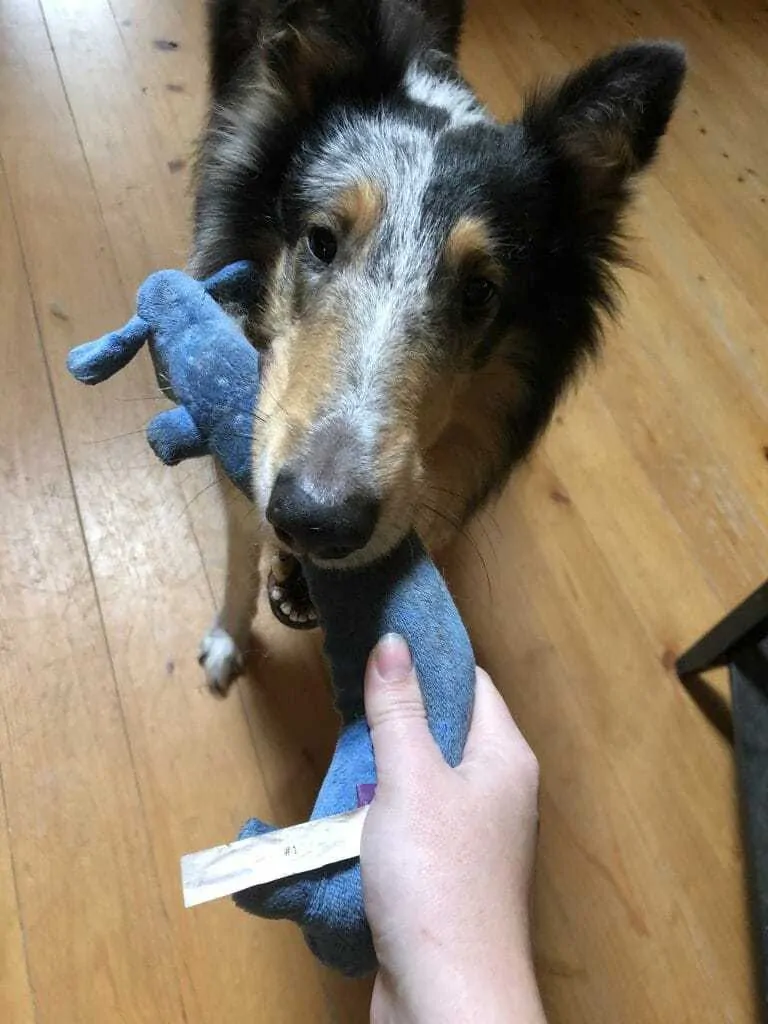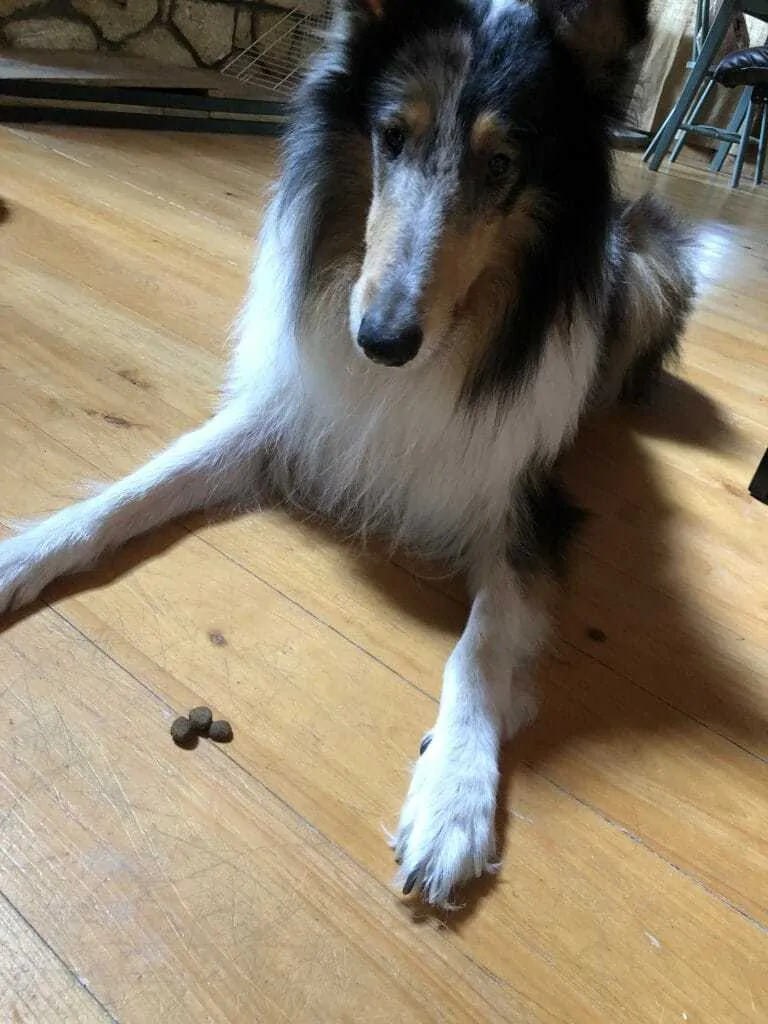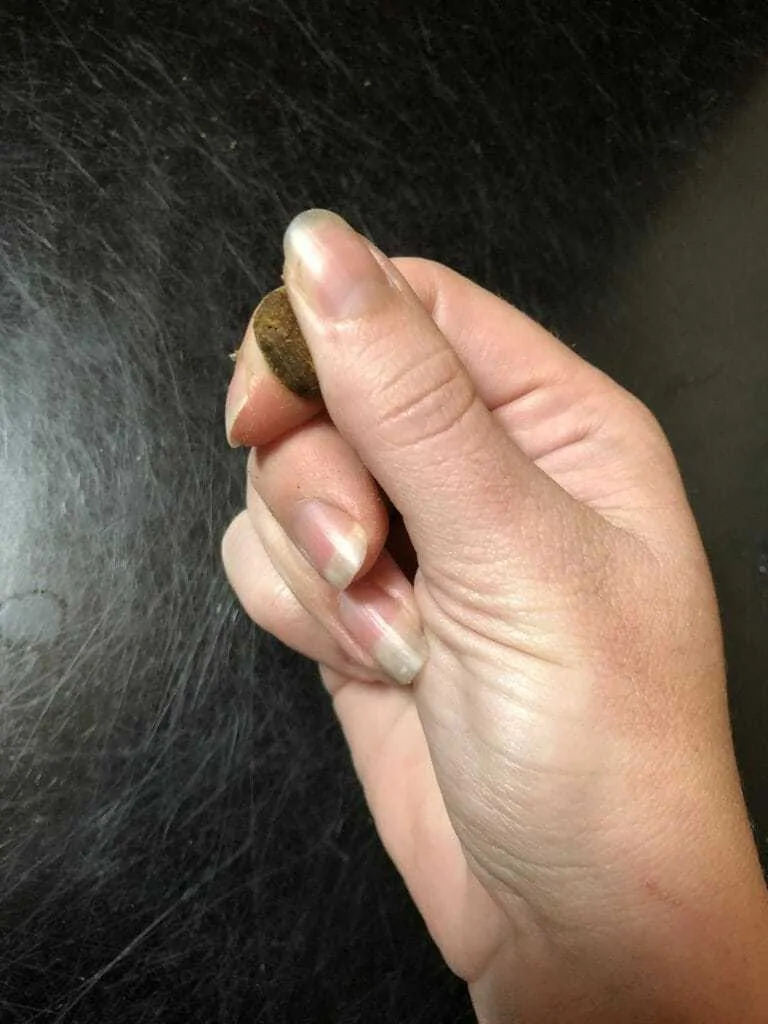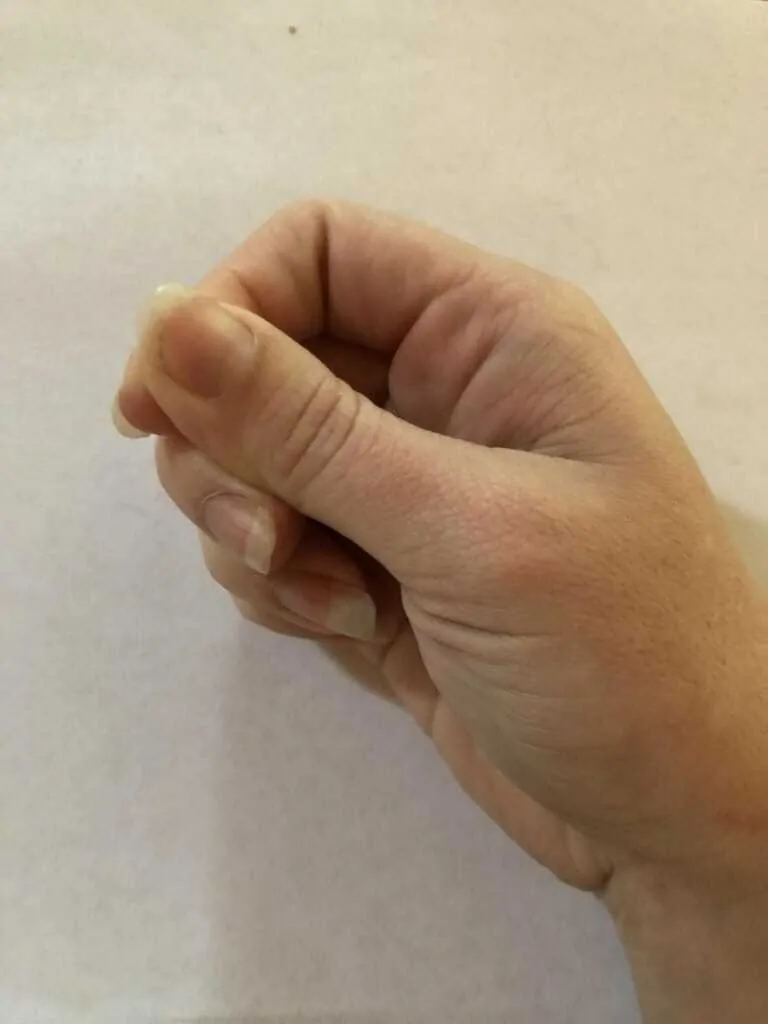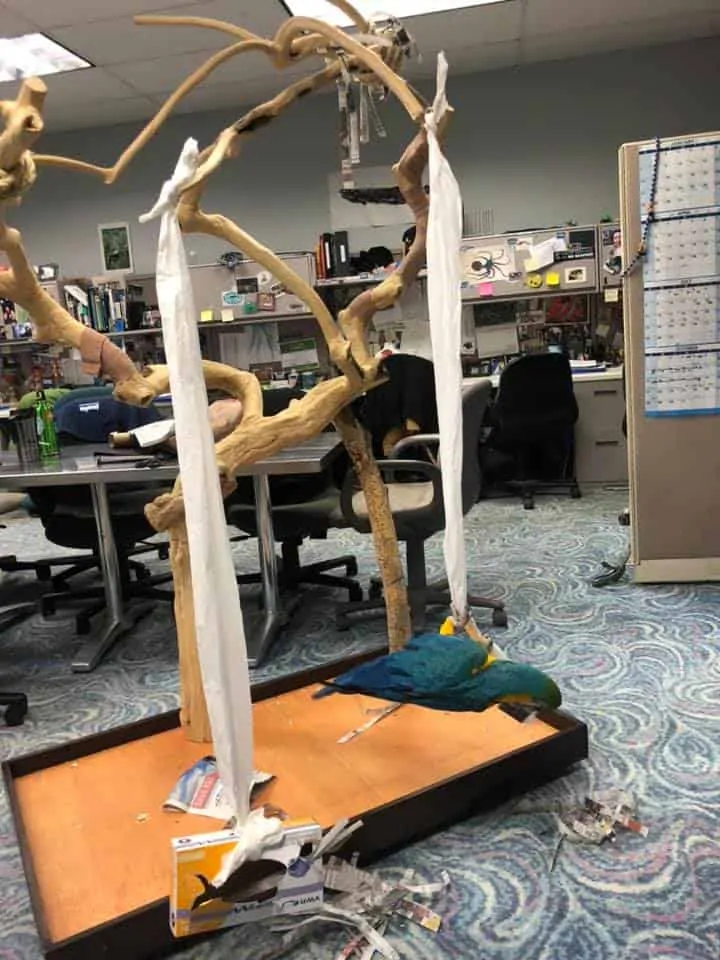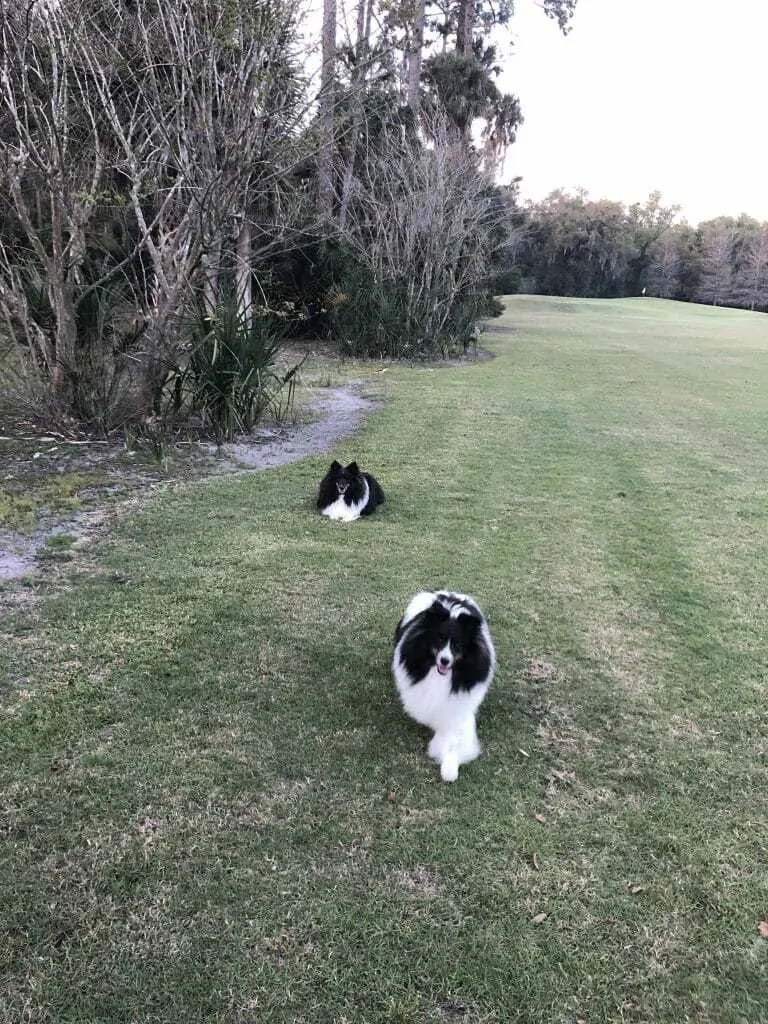It’s the very first thing you teach your new puppy to do. In fact, many puppies start to learn it on their own! The all-important “sit” command. However, some dog owners actually teach their puppy how to sit incorrectly. Even worse, some dogs never actually learn what “sit” means, they just sort of guess what you want. In this article we discuss every detail that you need to know to learn how to teach your dog how to sit the right way.
As a bonus, we even discuss how to keep your dog listening to you and sitting when you ask him to after you phase out the treats!
If you do have a new puppy, this is a great guide to the journey ahead!
Contents
Teaching Your Dog New Things
We all know how important it is to teach your dog new things. Dogs love to learn, and we love obedient and well-behaved pups! So how exactly do you teach your dog a new behavior? How exactly do dogs learn?
The answer to that question is that dogs learn in almost the same way you and I learn, through the consequences of their actions! This is called operant conditioning.
About Operant Conditioning
Operant conditioning is a principle in psychology that helps us understand how animals (and people) learn things about the world around us. The premise is incredibly simple, and action results in some type of consequence. If you perform an action and something good happens, that’s a reinforcing consequence. If you perform an action and something bad happens, that’s a punishing consequence.
For example:
A dog finds a bone under a bush, searching under the bush resulted in a reinforcing consequence and he is more likely to explore bushes in the future.
Another dog jumps in a bush, and cuts his paw. He spends the next week in the cone of shame, which is a very punishing consequence. This means (hypothetically) that he is less likely to jump in bushes.
Click here if you want to learn more about operant conditioning.
Even though it seems simple, it can be quite complex, especially when we apply it to behavior. Sometimes dogs associate things with reinforcement or punishment that we didn’t mean to teach them. This is why it is so important for you to be clear and concise when working with your dog and teaching them new things.
Using a “Bridge” or Clicker
If you want to send a clear message to your dog, a bridge is the way to do it. A bridge, also known as a marker, is any sound that lets a dog know when they have done the correct or desired behavior. Often, the bridge is followed quickly with some type of reinforcement.
This is a good example of the correct use of a bridge using the word “OK.”
Essentially, this word or sound is a great way to let a dog know “Yes! That’s exactly what I wanted you to do!” When you use a bridge you can “bridge” the communication barrier that stands between us and our dogs. The easier it is for your dog to understand you, the easier it’ll be for him to learn new things.
The Benefits of Using a Bridge
Now that you know what a bridge is, we can discuss why you want to use it! When we work with our animals, communication is key because your dog can’t speak English. When you use a bridge, you help your dog make the connection between new words (like “sit”) and their meanings.
Some of the primary benefits when you use a bridge include:
- Faster learning
- Stronger relationship with your dog
- Long lasting behavior
When you build a strong relationship with your dog they trust you to keep them safe in potentially scary or uncomfortable situations, like bath time!
The Three Types of Bridges
You can usually use three different types of bridges. Each type has its own unique benefits and pitfalls.
- Clicker – Clickers are easy to use and extremely precise. While they are useful for teaching new behaviors in a controlled setting, you must have your clicker on you to use it! Because of this, they are somewhat inconvenient in everyday use.
- Verbal/Word – Using a word, like “OK” “Good” or “Yep” lets you bridge your dog anytime and anywhere. You can communicate with your dog more effectively because all you need to let them know that they’ve done something correctly is your voice! However, you do not sound the same at all times, nor do you sound exactly like your husband, wife, brother, daughter, etc. Because of this, verbal bridges are a little less accurate and precise.
- Touch – A little less common, you can use a touch as a bridging signal to a deaf dog. If your dog cannot hear you, you still need to be able to communicate with them!
Why Positive Reinforcement?
When we discuss the ways that dogs and other animals learn, we also discuss punishment. However, punishment is not a tactic that you ever want to use while working with your dog. Punishment quickly breaks down that trusting and loving relationship that we develop with our animals. You can also accidentally cause other behavioral problems when you use punishment with your dog.
Dogs trained using punishment express more lethargy and other undesirable behaviors.
Click here to learn more about the pitfalls of punishment.
At the polar opposite end of the spectrum, positive reinforcement results in happy dogs and happy animals with enriched lives. Not only will your dog be happier if you train him using positive reinforcement, but he will also learn long-lasting behaviors and excel in other areas of life.
When you use positive reinforcement, training is a great way for you to get your dog more mental exercise. This is also why zoos and aquariums use positive reinforcement to teach their animals new behaviors.
(Payton McCabe) A zookeeper giving reinforcement for a successful painting session.
Choosing Your Reinforcement
So we all know that dogs like food, but what is the best reinforcement to feed your dog for a job well done? The answer isn’t quite black and white. In fact, you can use a number of different reinforcement types with your pet!
Treats
Dog treats are the obvious go-to food for training your dog. When you teach your dog to sit, you’ll have to repeat the behavior quite a few times before your dog learns how! This is why it is important to choose small treats that you can easily break up into even smaller pieces.
This video demonstrates some common small training treats that we use with our dogs.
It’s important to use several different types of treats, and constantly change what type you are using. This keeps your dog interested and motivated to work. We find that it’s best to use several different flavors and textures as well. Below we list a few dog treats that we have had success with, and that you can easily break up into smaller pieces.
No products found.
Even though these are already small you can easily break them in half for twice as much training fun!
No products found.
These are great, but they break up a little too easily. A good choice for dogs with sensitive teeth or gums that need soft treats.
No products found.
Switch things up with a little high-value crunchiness. Dry biscuits are boring but freeze dried beef lung is yummy and your pup will love it!
No products found.
You can take these treat sticks and break them up into smaller pieces. This is a great option because you can make the treats as big or as small as you’d like.
Toys/Play
Dog treats aren’t the only thing you can give your pup to let them know you’re proud of them. You can use toys, play, and even “scratchies” as reinforcement with your dog. If your dog loves a good scratch on the back or a game of fetch or tug, this might be a good alternative for you.
Playing tug with a rope of soft toy can be a great alternative to reinforcing with dog treats!
When you teach your dog to sit, they might start to get bored of food eventually anyway. Some dogs aren’t very motivated by food in the first place! In these situations, you can use toys and play as your reinforcement instead. You can also go this route if your dog is overweight and you need to regulate how many treats you give them in a day.
A dog no longer interested in food might take the treat and drop it, or just leave it on the ground.
Novel Foods
If your dog has trouble focusing, using new foods or foods they don’t get as often might spice things up a bit. New, or novel, foods pique a dog’s interest and can really help you get your dog focused on the task at hand.
For example, if I’m working with a leash reactive dog who barks at other dogs or people, I usually use boiled chicken or a few small pieces of cheese as my reinforcement. When the dog responds the way I would like them to, and I reinforce with a piece of real chicken, they usually snap very quickly to attention!
The yorkie in this example barked and lunged at our dog incessantly when he first spotted her. After a few practice rounds with boiled chicken he easily approached her without incident and continued to remain responsive.
For our example, if you have a puppy that is easily distracted and you just can’t teach him how to sit, maybe adding a more interesting food could help you keep his attention. By changing up the routine and keeping things new and interesting you can work around many of the various problems you might encounter while teaching your dog how to sit.
The Best Route
Now you know that you can use regular dog treats, toys, play, or new and interesting foods to train your dog. So, what should you use? The answer is a combination of all of the above! Use several different dog treats during one training session. You can find more training treats here. At the next session use a favorite toy as your reinforcement, or toss in a piece of chicken or some dog safe fruits or veggies.
Using Luring to Teach Your Dog
Now that you know what methods you should use to teach your dog to sit the right way, and what type of reinforcement you should use, you can move on to the mechanics of teaching the behavior. We will work on how exactly you should get him into position later, but for now let’s discuss the process you need to take first.
Luring is one of the easiest and most effective methods of teaching your dog a new behavior. Hypothetically, you can also use shaping, which is one of the best activities for mental exercise. However, this process takes a little longer, so for our purposes we will use luring instead!
A lure is an incredibly simple way of moving your dog into the position you would like them to be in. You simply take a dog treat, hold it between your fingers, and let your dog sniff and lick at it. Then, slowly move your hand to “lure” your dog into the position you want them in. Once you lure your dog into a sitting position you use your bridge, and let them eat the treat as reinforcement.
You should hold a lure firmly between your fingers, with just enough showing that the dog can taste it but cannot grab it or eat it.
After several repetitions your dog should be moving into position easily. Now you move to an empty hand lure. This is exactly what it sounds like, you use an empty hand instead of a hand with a treat in it. You want to keep your fingers together as if you still have a treat at first, but this eventually turns into you hand signal.
Example of an empty hand lure. Notice that the fingers remain in the same position as if they are still holding a treat, even though there is no treat present.
Finally, once your dog moves into a sitting position easily when you use an empty hand lure, you can begin adding the verbal command “sit.” Adding your verbal command earlier simply confuses the dog while they are trying to get the hang of the motion you want them to make.
Why Verbal Commands?
Many dog owners try to teach “sit” at the same time that they teach their hand signal. They say the word “sit” and do the hand signal at the same time. This is incorrect because the dog never actually learns the word “sit.” However, people think the dog learned it because the dog guesses what you want when you are holding a treat very easily!
We want to make sure that your dog actually knows what you mean when you say the word “sit.” Not only is this great mental exercise, but it also helps you out in other situations. If your dog is used to listening to what you say, instead of just looking for hand signals, it will be much easier for you to get his attention in a distracting situation.
While you are teaching your dog this new vocabulary, you want to remember to let him think about what you want. Don’t ask him to sit, and then repeat yourself every second until he does it. Instead, ask him to sit and wait for five or six seconds to give him time to respond. You will be able to see him thinking about what you want from him. Let him think! Thinking is great mental exercise and in the meantime he will learn much more quickly if he figures it out on his own.
If your dog loves the mental exercise he gets from training, check out these 11 Great Mental Exercises for Your Dog that you can learn from zoo animals!
Just one example of the many great mental exercises you can use as inspiration for your dog. Is your dog fond of swimming? He might enjoy large toys or floats in the water too. Check out the article above for more examples on how to add new mental exercise to your dog’s life.
Steps to Teach Your Dog to Sit
You’re doing great so far! Now you know how to use positive reinforcement to teach your dog to sit, you’ve picked out the perfect treats or toy, you know all the basics of luring, and you even know why it’s important to teach your dog a verbal command instead of just a hand signal. You are completely and totally ready to teach your dog how to sit, the right way!
Using your luring technique, start with your hand at the tip of your dog’s nose and lure backwards towards their hind-end. During this motion, your dog should put his head up to follow the treat, and tilt his rear-end backwards and down onto the ground in the process. This might take some persistence for your dog to figure it out.
On your first attempt, it might be a little difficult to get your dog into the correct position. This is especially true for very large or very small breeds.
As you can see, after an attempt or two your dog becomes more familiar with the motion and moves into a sitting position easily.
At this point, you can move to your empty hand lure. Repeat this step with an empty hand lure several times in a row before adding your verbal command. When you are ready, ask your dog to “sit” and wait five or six seconds. If they do not sit, simply use your empty hand lure to move them into position.
Continue asking your dog to sit and waiting patiently. Eventually your dog will figure out what you are looking for and respond when you ask. Your dog will be sitting on command in no time!
This video is a great additional example of how to lure your dog into a sitting position.
Why to Teach Your Dog to Sit
We know that most dogs sort of learn “sit” on their own. When you grab a bag of treats, and shake it around, many dogs come up to you and after a few seconds they sit. However, teaching your dog to sit is more than just the literal steps you need to take. There are several other reasons you should teach your dog to sit, the right way!
Mental Exercise
As we discuss above, mental exercise is a great benefit of training, and teaching your dog to sit is no different. When you teach your dog to sit he will get plenty of mental stimulation from the process. But why is this important?
Well, mental exercise provides your dog with a way to work his brain, just like he works his muscles during walks. This is important for all animals, not just dogs. You should provide mental exercise for cats, ferrets, parrots, other exotic animals, and even for yourself! Zoos focus very heavily on providing mental exercise for their animals as well.
A great example of mental exercise for a parrot in a zoo. This bird has lots of unique climbing opportunities and a variety of items to shred, all of which are natural behaviors for birds.
So why exactly is mental exercise so important? Animals that have lots of mental exercise display lots of good behaviors, like exploring and playing, and less undesired or “bad” behaviors. In dogs, this means that teaching your dog to sit could potentially prevent him from chewing, jumping on guests, or learning other bad manners in the future.
Basic Obedience
The first thing anyone asks a dog to do is “sit.” When a guest gives a dog a treat, they ask him to “sit.” Teaching your dog to sit is the basis of their entire basic obedience repertoire. When you teach your dog to lie down, you need to ask him to sit first!
Teaching your dog all his basic obedience is important because it gives him something to do instead of undesired behaviors. If you want your dog to sit when guests come in your house instead of jumping on them, you need a way to tell him that’s what you want him to do!
Control in New Situations
This is potentially one of the most important aspects of teaching your dog any new behavior. The more commands they know, and the better their basic obedience is, the more likely they will listen to you in other situations. If you have been working with your dog and he knows his basic commands on a verbal cue, he is used to you saying something to him and good things happening when he listens.
This translates well when you are in new, distracting, or dangerous situations. If your dog gets off his leash and you haven’t taught him how to sit, or lie down, or do any basic obedience behaviors, you are less likely to get him back easily. When your dog ends up in a dangerous situation he needs to know how to listen and respond when you speak to him.
Dogs who know basic obedience and listen to commands react better in new situations. You cannot teach your dog to walk off-leash if you haven’t trained him to sit!

Jen Jones is a professional dog trainer and behavior specialist with more than 25 years of experience. As the founder of ‘Your Dog Advisor’ and the ‘Canine Connection’ rehabilitation center, she applies a holistic, empathetic approach, aiming to address root causes rather than merely treating symptoms.
Well known for her intuitive and compassionate approach, Jen adopts scientifically-proven, reward-based methods, encouraging positive reinforcement over punishment. Jen specializes in obedience training, behavior modification, and puppy socialization. Her innovative methods, particularly in addressing anxiety and aggression issues, have been widely recognized. Jen has worked with many of the world’s leading dog behaviorists and in her free time volunteers with local animal shelters and rescue groups.





